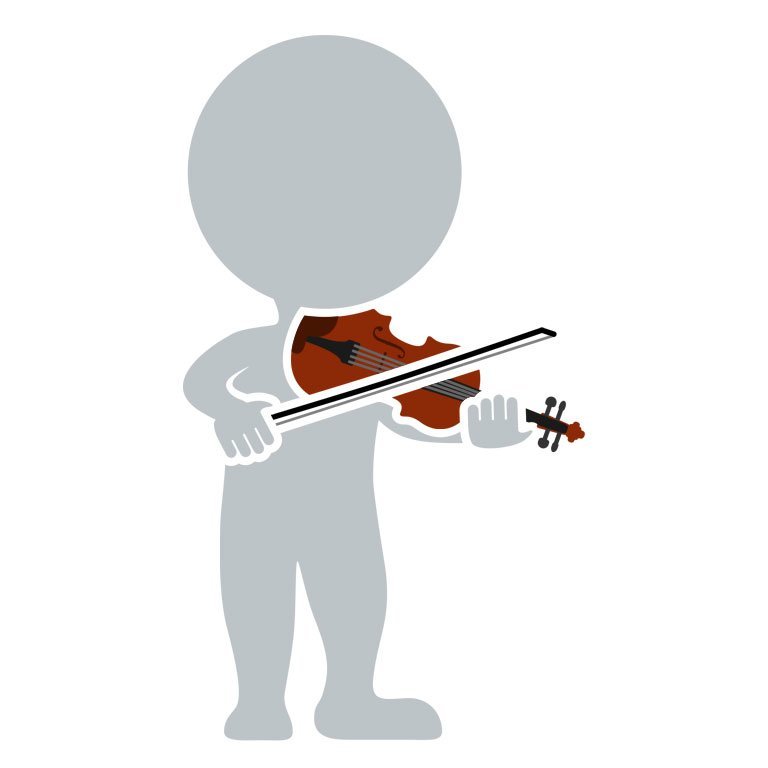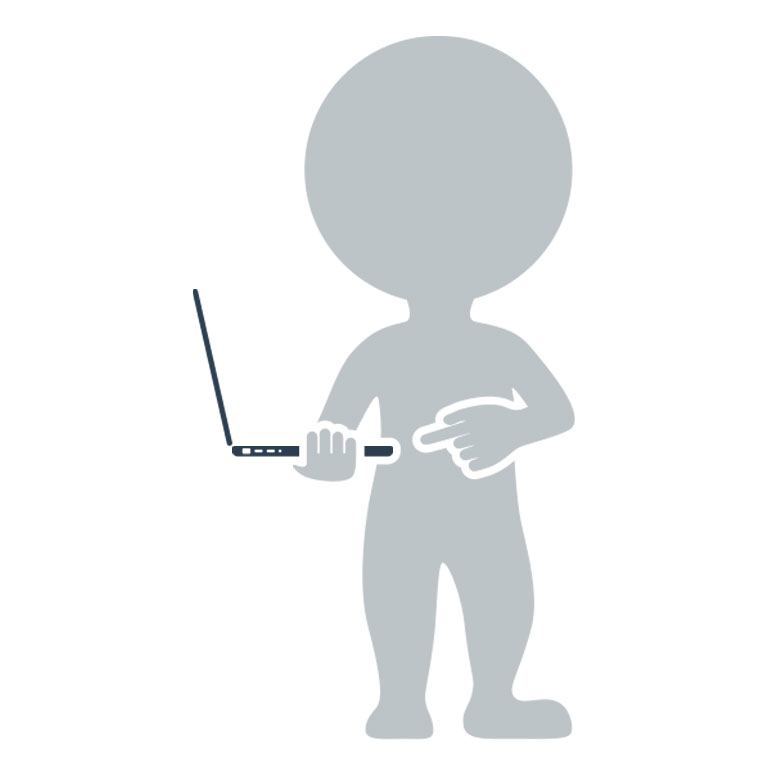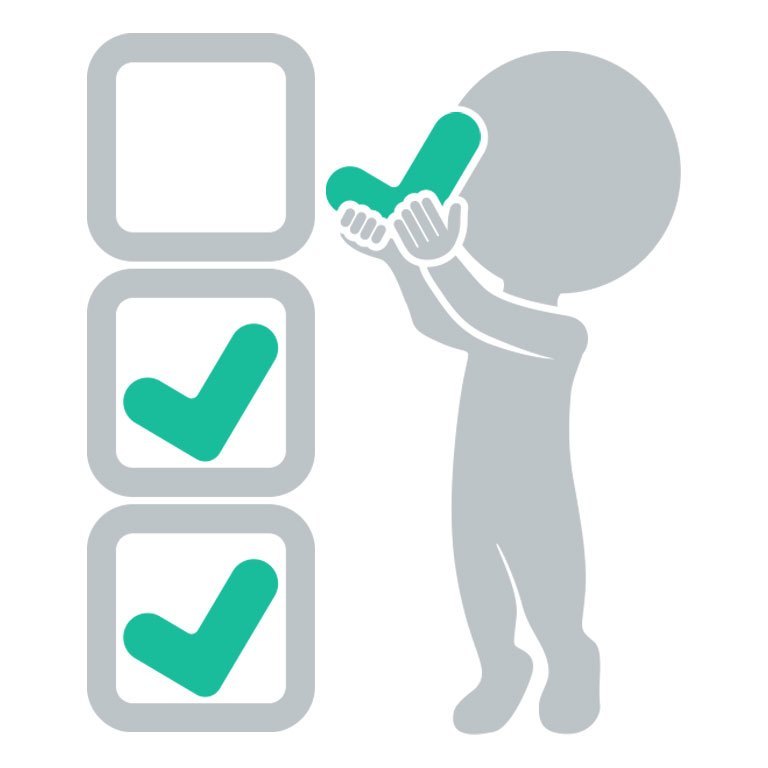There is a terrific article by Dmitry Fadeyevin the 7/16/2013 edition of SmashingMagazine.com that focuses on what the author describes as a shift away from “skeuomorphic and stylistic excesses,” or attempts to make an object copy the design of a similar artifact in another material. For example, using realistic page turn effects for digital pages.
 Fadeyev’s article is a breath of fresh air and timely in light of Apple releasing a completely new look for iOS7, which ushers in a flat, functional interface (and just because it’s fun to get Mac and PC fanboys at each other’s throats, it’s worth noting that Microsoft adopted this approach well in advance of Apple with the release of Windows 8). Fadeyev defines this as authentic design:
Fadeyev’s article is a breath of fresh air and timely in light of Apple releasing a completely new look for iOS7, which ushers in a flat, functional interface (and just because it’s fun to get Mac and PC fanboys at each other’s throats, it’s worth noting that Microsoft adopted this approach well in advance of Apple with the release of Windows 8). Fadeyev defines this as authentic design:
Authentic design aims to pierce through falsehood and do away with superfluousness. Authentic design is about using materials without masking them in fake textures, showcasing their strengths instead of trying to hide their weaknesses. Authentic design is about doing away with features that are included only to make a product appear familiar or desirable but that otherwise serve no purpose. Authentic design is about representing function in its most optimal form, about having a conviction in elegance through efficiency. Authentic design is about dropping the crutches of external ornament and finding beauty in pure content.
Wow.
Even though Fadeyev’s perspective is limited to the lens of web design, this approach can be beneficial in so many areas of our field, especially in this transitional day and age. Everything from marketing copy, development, and even concert production and programming stand to benefit.
At the same time, easing your way into this concept (assuming you aren’t there already) certainly doesn’t mean everything is going to look like a cheap Piet Mondrian knockoff. Fadeyev addresses this with a pointed, yet elegant candor.
Design whose beauty lies in function is not the same thing as minimalism minimalist style. With the former, the designer seeks to remove the superfluous, to make the product easier to understand, to make it perform better and to make the most of its medium. The latter seeks to create a minimalist aesthetic, to give the object an aura of simplicity and cleanliness. One is a fundamental principle of design, the other a stylistic choice.
It would be a mistake to rigidly apply a minimalist design aesthetic to an interface as a style in the hope of making the interface simpler and more digitally “authentic.” For example, ruthlessly eliminating visuals such as shadows, colors and varied background styles would not necessarily make an interface easier to use. In some cases, it would achieve the opposite by undermining hierarchy and focus, which were established by those very shadows and background colors.
Everything Fadeyev describes isn’t some design craze but the latest waypoint in a fundamental shift amidst the extended process of easing people from one comfortable norm to something new.
For example, I can’t count the times clients want to incorporate program book or season brochure content at their website but only if it mimics the print product, right down to the page turn effect.
They’ll gladly spend disproportionate amounts of time and resources to get that effect rather than focus on what really matters with regard to user experience geared toward conversion. Simply put, they should be focusing more on delivering content and less on design trappings that might provide a modicum of familiarity but only at the price of substantially reduced usability.
Let’s Have Some Fun
Everyone has a homework assignment today.
- Make sure you read Fadeyev’s article.
- Identify one aspect in this field you think would benefit from an authentic design perspective.
- Send in a comment explaining what it is and how you would change it.
Be as specific or broad based as you like, the only thing that matters is you begin to internalize the process and begin identifying way to put it in action.
It would be fantastic to see this concept applied in as many different facets of the field as possible. To that end, let’s hear from managers, board members, musicians, patrons; in short, anyone and everyone connected to this field.
I’m willing to bet that in addition to the visionary thoughts out there, the collective awesome that is Adaptistration’s readership will come up with more than a few amazing and practical ideas.



2 thoughts on “Authenticity Matters”